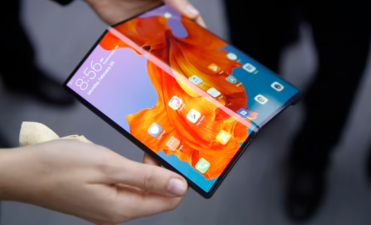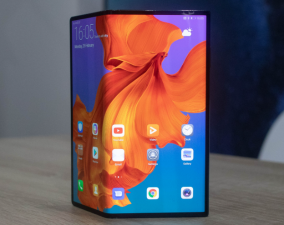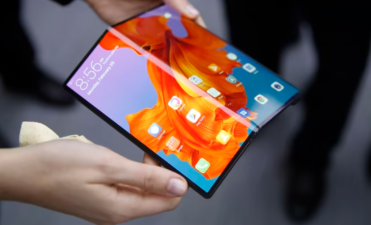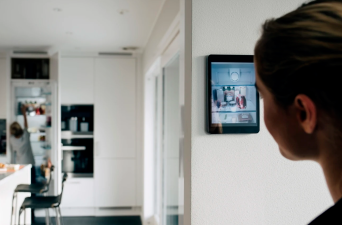At a time when technology is developing rapidly, foldable screen mobile phones have emerged and instantly become the focus of the technology circle and consumer market. Major mobile phone manufacturers have made efforts to use foldable screen mobile phones as a display window for technical strength and innovation capabilities. However, the controversy surrounding foldable screen mobile phones has never stopped. Is it an epoch-making innovation breakthrough or just a short-lived marketing gimmick?
At a time when technology is developing rapidly, foldable screen mobile phones have emerged and instantly become the focus of the technology circle and consumer market. Major mobile phone manufacturers have made efforts to use foldable screen mobile phones as a display window for technical strength and innovation capabilities. However, the controversy surrounding foldable screen mobile phones has never stopped. Is it an epoch-making innovation breakthrough or just a short-lived marketing gimmick?

Breaking through tradition: opening a new chapter in smart devices
The most intuitive change brought by foldable screen mobile phones is the innovation in form. Traditional mobile phones are limited by the contradiction between screen size and portability, and the screen size has always hovered between 6-7 inches. Foldable screen mobile phones break this limitation. When folded, it is not much different from ordinary mobile phones and can be easily put into pockets; when unfolded, the screen changes to 8 inches or even larger, instantly turning into a tablet computer. This unique form conversion meets the diverse needs of users in different scenarios. On the way to work, it is a mobile phone that is easy to operate with one hand, which is convenient for checking messages; when in the office or leisure time, it can be unfolded to become a large-screen device for efficient office work, immersive movie watching or playing games.
Foldable screen phones will not become mainstream-"The future is promising, but it is difficult to become mainstream'
First of all, although foldable screen phones are developing rapidly, it is still difficult to become mainstream.
At present, the global penetration rate of foldable screen phones is only 1%, and the global shipments are expected to be only 48 million units in 2027, which means that it is still a niche product in the overall market.
Although shipments are expected to grow significantly in the next few years, it is difficult to completely replace traditional straight-screen phones due to the technical costs and the diversity of user needs.

- The technology of foldable screen phones is not perfect enough
Although problems such as screen creases and hinge durability have been improved, they have not been completely solved.
- The price is too high
Although the prices of some models have dropped, high-end foldable screen phones still cost tens of thousands of yuan. For most users, cost-effectiveness is still the key, and it is difficult for foldable screen phones to meet this demand in a short period of time.
- Software adaptation is poor
Most APPs The large screen is not optimized enough, and the split-screen function looks good, but the actual use experience is poor.
The unique charm of foldable screen mobile phones - "Large screen is portable, one machine for two purposes,
However, foldable screen mobile phones also have their unique charm.
For example, a horizontal foldable screen mobile phone + a large screen experience after unfolding is simply a "productivity artifact".
Whether it is multitasking, watching videos or light office work, it can bring a more comfortable experience. This "one machine for two purposes" feature makes it popular in the high-end market.
Foldable screen mobile phones have both innovative breakthroughs that cannot be ignored and some shortcomings that are easily regarded as gimmicks. It undoubtedly points the way for the development of future smart devices. With the continuous maturity of technology and the reduction of costs, it is expected to truly enter thousands of households in the future and become an indispensable part of people's lives. But for now, there is still a long way to go to achieve this goal.













